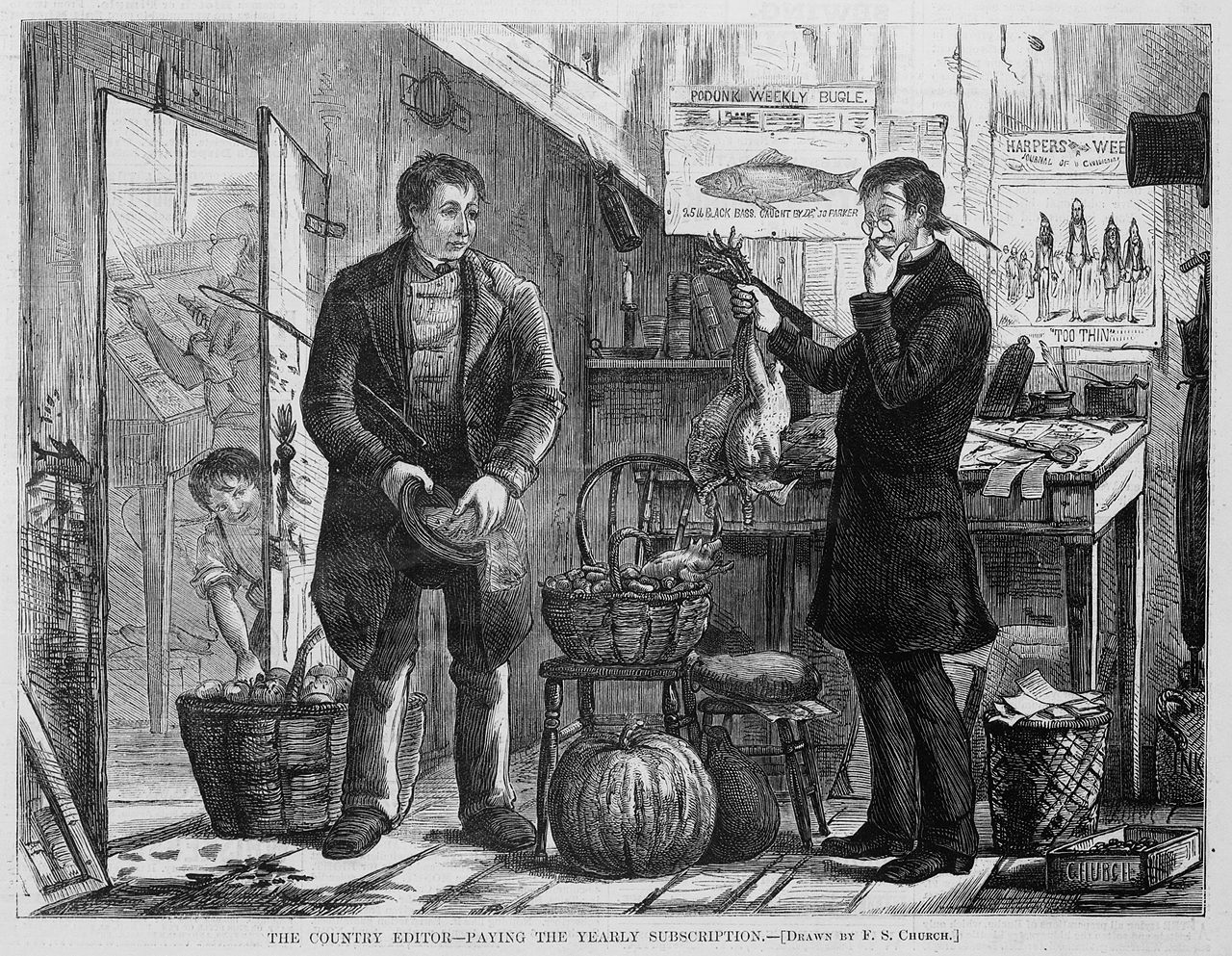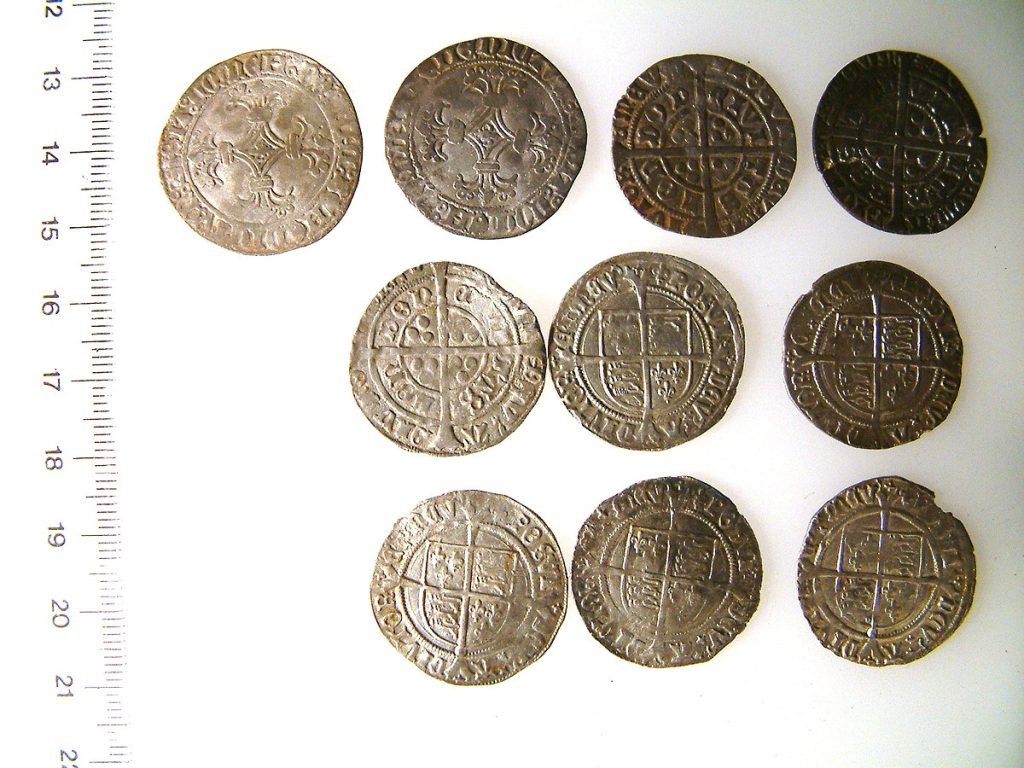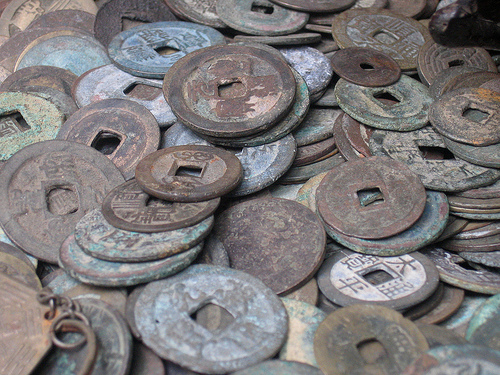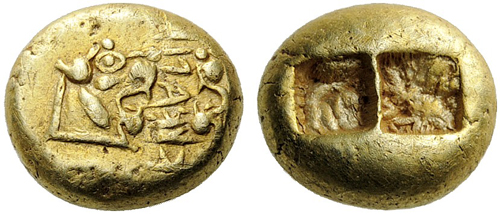Money is considered one of the most significant creations ever made. Nevertheless, money differs from other great inventions of people in that it is not physical. This is why it is not naturally associated with inventions like fire or the wheel, that have a physical presence. Money is simply a concept, an idea, an illusion, or a perception that has no inherent value but is determined solely by the importance we assign to it, at least money as we know it today.
Nevertheless, that money is an illusion does not in any way minimize its value. Earlier, before the concept of money was known, people had to directly exchange goods and services in what is called the Barter system. People swapped their products or skills for other items or services. Since there was no fixed value placed on these goods, each trade was determined by what each person was willing to sacrifice for something they desired. It was a bit like playing a game. At the time when early humans were nomadic, they would trade what they had made or come across. However, once humans began cultivating the land and forming societies, specialization emerged. This led to not only a desire for trading but also a necessity for it.
The Coincidence of Wants
The idea of “coincidence of wants” is that if I have shirts, and you have food, we can trade because I want food and you want a shirt. But if I don’t want your food, or you don’t want my shirts, then we can’t trade, can we? This becomes a problem for society when I need foo, but you don’t need shirts. If I needed shoes but all I could make were tents, then I would have to trade a whole tent just to get a pair of shoes. The inequality in the items being exchanged is the main weakness of this kind of trading system. Being a tent maker, I would feel like I was getting a bad deal, having to give up an entire place to live for just a simple pair of shoes.

A barter system is not efficient. It suffers from the problem of dividing items into smaller parts. It also relies on finding someone who wants what you have at the same time and place. In economics, this is known as the coincidence of wants. Also, many goods are perishable items that expire before they can be exchanged. This situation makes bartering even more challenging. Without a medium of exchange that is standardized, the people who need things from each other found it hard to agree on a trade.
You can see why barter systems held mankind back for so long. However, it would be more convenient if there was a universal third good that everyone wanted and can be used for trading. Enter, money. Money is a non-perishable good that everyone agrees holds value, making it a common unit of exchange. It serves as an intermediary for trading all other goods.
Pre-Modern Money
When the notion of money was first being formed, people started using any given object to mirror the value of the product or service they were looking for to trade in the future. The arbitrary objects acted as promises or placeholders of value—an IOU (or I Owe You). After this, they would use these IOUs to get the specific goods and services they required from others. These placeholders served as a store of value, because they were being exchanged for goods and services you may not require immediately. Later, you can exchange these IOUs to get the goods and services you want from someone else. The idea was so brilliant. that it gradually led to the transition from the barter system to the money trading system. These placeholders were used as money. At that point, money began being used as a medium of exchange.
Historically, different odd things have been used as a form of money. Cattle have largely been used as a form of currency. They are sturdy, long-lasting, practical, and relatively scarce. Upon the arrival of Europeans in the American continent, alcohol often took on the role of currency. If you wanted, you could literally drink your paycheck. In prisons and prisoner-of-war camps, cigarettes have frequently functioned as money. In ancient China, tools and then knives were among the earliest forms of valuable metal currency. On the island of Yap, enormous limestone donuts were used as currency, even though limestone does not occur naturally there. From salt and weapons to small items like cowry shells and beads as well as gold and silver coins we have always been looking for more efficient ways to transact and trade.
Commodity Money and Debasing
All these various forms of currency share a common characteristic: they are classified as commodity money. That is because their value was based on or derived from the physical material they are made of. Cowrie shells were highly valued because of their scarcity and beauty. They also served, amongst other things, as jewelry. Likewise, gold is considered to have an inherent value due to its scarcity and multiple usages.
Yet, despite this, as your economy grows, this approach begins to have some constraints. One of these limitations is the weight of commodity money; it is heavy. When conducting large transactions, it becomes extremely difficult to transport. It’s also risky to transport it through lawless areas. Commodity money is also prone to debasing. This means that the person who is in charge of upholding the value of the currency will make the quality of the money poorer by adding material that is of lower value or by changing the composition of money and yet passing it off as having the same value as the original.
For example, they can take a gold coin, melt it down, reforge it with a bit less gold in it, and pass it off as worth the same amount. However, the most significant drawback arises when dealing with massive economies. The very scarcity that gives commodity money its value becomes a disadvantage when you reach a point where there simply isn’t enough of it available. Let’s consider gold and silver as examples. What happens when your economy grows so much that the demand for these metals exceeds the supply?

Evolution of Money
The concept of money has evolved. In approximately 770 BC, China introduced the first metal coins. They produced these coins using bronze. They made these coins circular for convenience. It was easy to get into pockets and take out the coins without injuring your fingers. This was the moment. Money had finally become valuable. No longer could you simply find bronze lying on a beach somewhere. It was now rare and had real worth. During this period, money still had tangible value. Money wasn’t yet an illusion. The value of a coin depended on the worth of the metal that was used to make it. If you had a gold coin that weighed 1 gram, it would contain an exact value of 1 gram of gold. It was simple to measure and verify that it truly contained 1 gram of gold.

The Illusion of Money
But kings and rulers saw, that money was very important as a source of power. They understood that the more of these precious metals you had, the greater your control and influence. Thus, in 600 BC, Alyattes who was the King of Lydia created the first official money mint in the world. He minted coins that consisted of silver and gold, and marked them to show their value. This made it easy to figure out the value of the metal piece as soon as they looked at the picture on the front. That’s why we call it the face value.

However, kings of the world desired more riches, and using gold and silver became too expensive. To make more money, they started cutting the weight of the coins and mixing the expensive metals with cheaper ones. Consequently, all the coins in circulation gradually dhttps://commons.wikimedia.org/wiki/File:Electrum_trite,_Alyattes_II,_Lydia,_610-560_BC.jpgecreased in value compared to what the image on their face said they were worth. This is how the notion of money as an illusion originated. The value of the coin was no longer based on the value of the metal. Now, the value of the coin was solely determined by the rulers and the bank.
Conclusion
From ancient kings to modern-day governments and central banks, money has remained an illusion. Its real value is determined by the perception of society and by how much it is valued by people. A banknote, for example, costs less than 20 cents to produce. but is given a high value due to the belief in the fiat currency system. This system can mean that it is worth like 120 grams of gold. “Fiat” is a fancy word for this modern-day illusion, and it’s a Latin word meaning “let it be done.” It is a government decree that assigns and enforces the value of a currency.
Today’s governments are well aware of the power of money and, as always, want more of it. They understand that the more of these pieces of paper you have, the more power you have. So what do they do? Well, they can simply create more currency simply from thin air. In the next article, we will explore the first semi-official banknotes.

